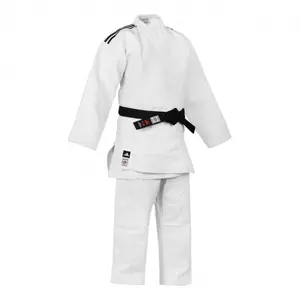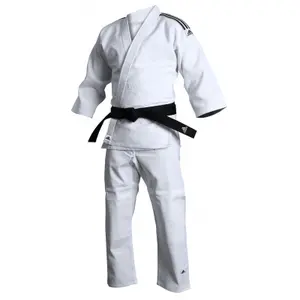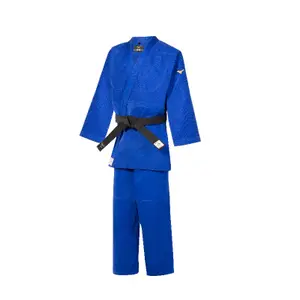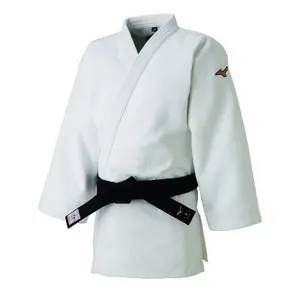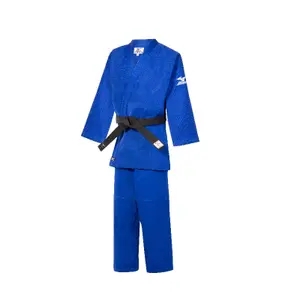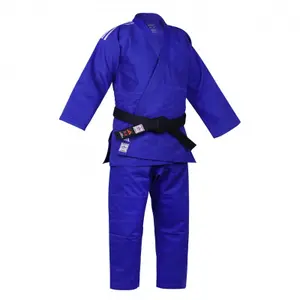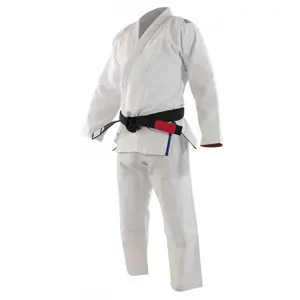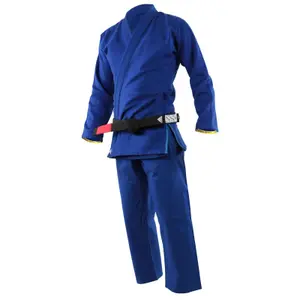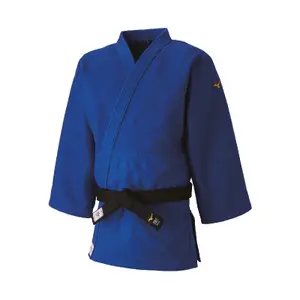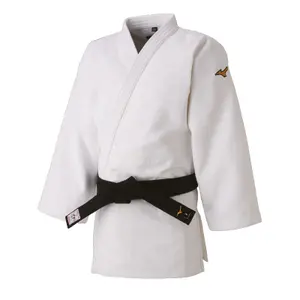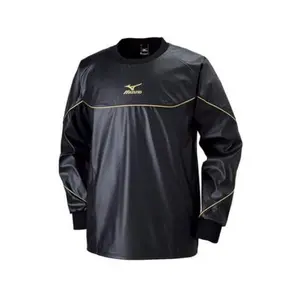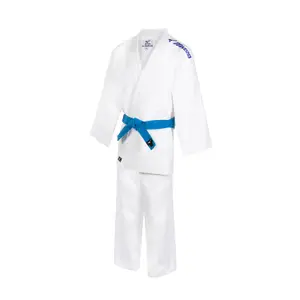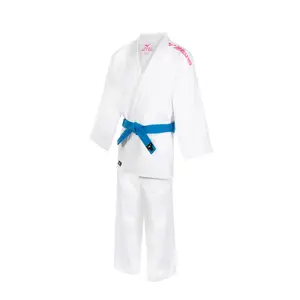Martial Arts Uniforms
The kimono, traditional Japanese clothing, is an important part of the cultural identity of Japon. Characterized by its long sleeves and wraparound cut, the kimono has survived the centuries, evolving with the times, social classes and seasons. Once worn on a daily basis, today it is mainly used for ceremonies and special events, reflecting a deep respect for tradition.
History and evolution
The history of the kimono dates back to the Heian period (794-1185), a time when Japanese style of dress significantly distinguished itself from the predominant Chinese influences. The term "kimono", literally "something to wear", began to be used during the Meiji era (1868-1912), a period of modernization and openness to the West at Japon. Atorigine, the kimono was made up of several layers of colorful clothing, arranged to reflect the seasons and occasions. Over time, the kimono was simplified, but retained its symbolic and aesthetic importance.
Varieties and meanings
There are many varieties of kimonos, each adapted to different occasions, seasons and social status. For example, the "furisode", with its long, flowing sleeves, is traditionally worn by young, single women, while the "hōmongi" serves as formal visiting attire for married or single women. The patterns and colors of the kimono also carry great meaning, often linked to nature and the seasons, symbolizing wishes for happiness, prosperity, or longevity.
Les marques modernes de kimonosWhile the kimono tradition endures, many new brands have emerged, skilfully blending tradition and modernity to meet contemporary tastes while honoring cultural heritage.
Traditional brands and innovation
Houses such as Kisaburo and Yamato, with centuries of history, continue to produce kimonos using traditional methods, while incorporating modern designs and materials to appeal to a new generation. These brands are committed to preserving theart of hand-dyeing and weaving, while exploring more contemporary designs.
The rise of contemporary brands
On the other hand, more recent brands such as SOU SOU and Modern Antenna are reinventing the kimono for everyday wear, offering more practical and comfortable versions adapted to modern lifestyles. SOU SOU, in particular, is renowned for its boldly graphic kimonos patterns, which can be worn as a casual alternative to traditional clothing. Modern Antenna, meanwhile, plays on textures and overlays to create kimonos that can be easily integrated into a Western wardrobe.
By combining respect for artisanal techniques with innovation, these brands are helping to perpetuate interest in the kimono. They give new life to this symbol of Japanese identity, making it accessible and relevant for future generations. The kimono, more than just a garment, becomes a bridge between past and present, testifying to the ability of the Japanese culture to evolve while preserving its essence.










